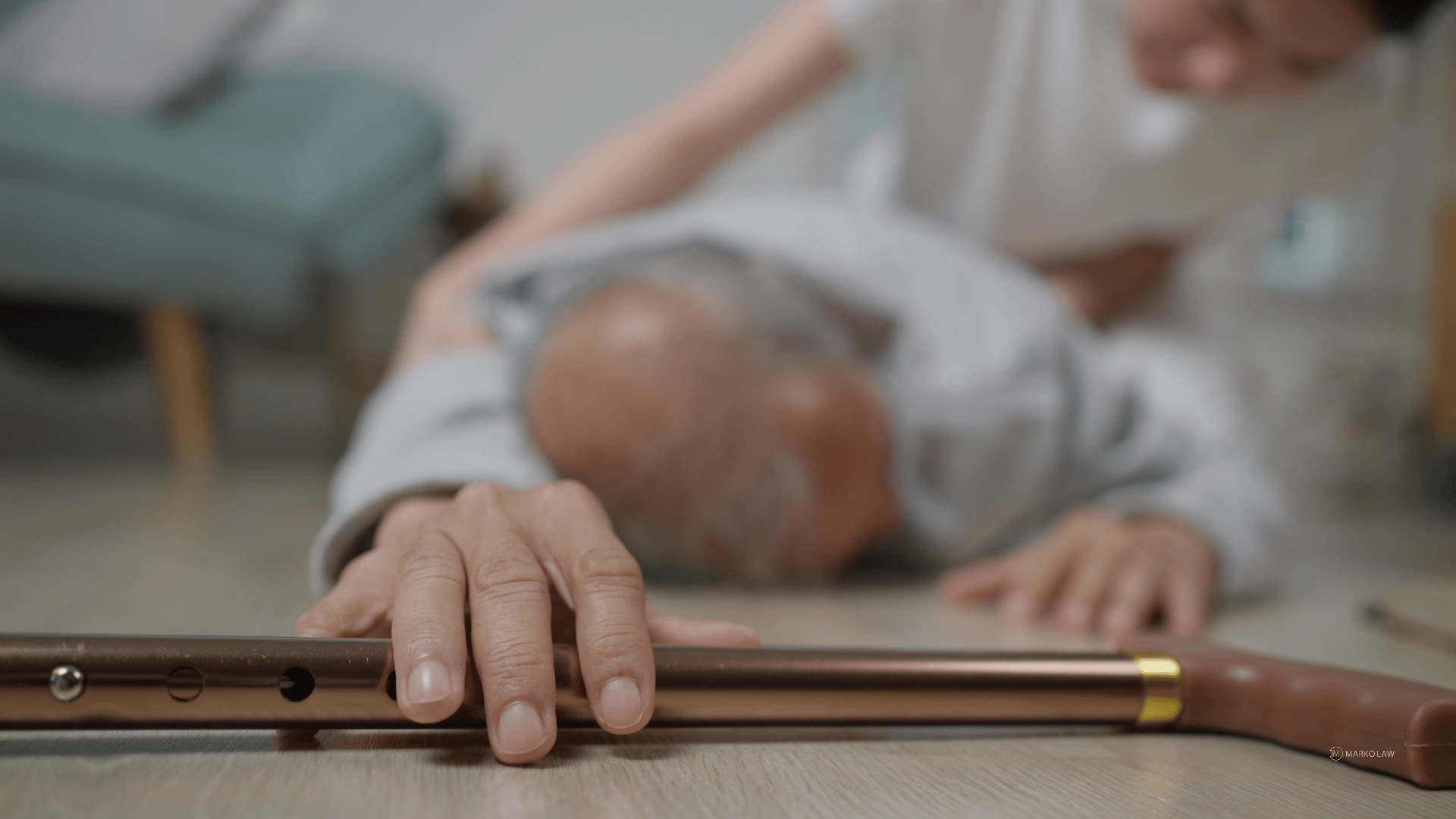The Role of Witnesses and Evidence in Sexual Harassment Cases
Sexual harassment is a pervasive issue that affects individuals across all walks of life, regardless of gender, age, or profession. It encompasses a range of unwelcome behaviors, from verbal comments and advances to physical touching and coercion, that create hostile or intimidating environments. The prevalence of sexual harassment underscores the importance of effectively addressing and combating this form of misconduct.
Understanding Sexual Harassment
Sexual harassment encompasses a wide range of unwelcome behaviors of a sexual nature that create a hostile, intimidating, or offensive environment for the victim. These behaviors can manifest in various forms, including:
Verbal Harassment: This involves unwelcome comments, jokes, innuendos, or propositions of a sexual nature. Verbal harassment can occur in person, over the phone, through emails, or via social media platforms.
Non-Verbal Harassment: Non-verbal forms of sexual harassment include gestures, leering, staring, or making suggestive facial expressions. These behaviors can make the victim feel uncomfortable or threatened.
Physical Harassment: Physical harassment involves unwelcome physical contact, such as touching, groping, hugging, or kissing, without the victim's consent. This type of harassment can be particularly distressing and may constitute assault.
Quid Pro Quo Harassment: Quid pro quo harassment occurs when a person in a position of authority, such as a supervisor or manager, demands sexual favors from a subordinate in exchange for job benefits, promotions, or favorable treatment. This form of harassment often involves explicit or implicit threats of retaliation if the victim refuses to comply.
Hostile Work Environment: A hostile work environment is created when pervasive or severe sexual harassment makes it difficult or uncomfortable for an individual to perform their job duties. This can include offensive remarks, sexually explicit materials in the workplace, or unwanted advances from coworkers or supervisors.
Legal Framework and Rights of Individuals
In many countries, including the United States, laws and regulations have been enacted to prohibit sexual harassment and protect the rights of individuals in the workplace, educational institutions, and other settings. These legal frameworks typically define sexual harassment, outline prohibited behaviors, and establish mechanisms for reporting and addressing complaints.
In the United States, Title VII of the Civil Rights Act of 1964 prohibits sexual harassment in the workplace and applies to employers with 15 or more employees. The Equal Employment Opportunity Commission (EEOC) enforces Title VII and investigates complaints of sexual harassment.
Additionally, Title IX of the Education Amendments of 1972 prohibits sexual harassment in educational institutions that receive federal funding. Under Title IX, schools and universities are required to address complaints of sexual harassment promptly and effectively.
Individuals who experience sexual harassment have rights protected by law, including the right to:
File a Complaint: Victims of sexual harassment have the right to file a complaint with their employer, school, or relevant government agency, such as the EEOC or the Department of Education's Office for Civil Rights.
Seek Legal Remedies: Victims may pursue legal remedies, including monetary damages, injunctive relief, or other forms of redress, through civil litigation or administrative proceedings.
Protection from Retaliation: It is illegal for employers or educational institutions to retaliate against individuals who report sexual harassment or participate in investigations or legal proceedings related to harassment complaints.
The Role of Witnesses
Types of Witnesses in Sexual Harassment Cases
Victim Witnesses: The victim of sexual harassment is often the primary witness in a case, providing testimony about their experiences, interactions with the perpetrator, and the impact of the harassment on their well-being and livelihood.
Eyewitnesses: Eyewitnesses are individuals who may have observed the harassment or relevant incidents firsthand. These witnesses can corroborate the victim's account, provide additional context, and support the credibility of the allegations.
Character Witnesses: Character witnesses may testify about the character and reputation of the victim and the perpetrator. Their testimony can help establish the credibility of the parties involved and provide insight into their behavior and demeanor.
Expert Witnesses: Expert witnesses, such as psychologists, human resources professionals, or legal experts, may provide specialized knowledge or analysis relevant to the case. They can offer insight into the psychological effects of sexual harassment, workplace norms and practices, or legal standards.
Importance of Witness Testimony and Credibility
Witness testimony is critical in sexual harassment cases, as it can provide crucial evidence to support the victim's allegations and establish the veracity of the claims. Witness testimony can corroborate the victim's account, fill in gaps in the evidence, and provide additional context and perspective on the alleged misconduct.
Moreover, the credibility of witnesses is paramount in determining the outcome of sexual harassment cases. Credible witnesses are those whose testimony is believable, consistent, and supported by corroborating evidence. Factors that contribute to witness credibility include:
- Consistency: Witnesses who provide consistent and coherent testimony are more likely to be perceived as credible. Discrepancies or contradictions in a witness's account may raise doubts about their credibility.
- Demeanor: The demeanor and behavior of witnesses during testimony can impact their credibility. Witnesses who appear honest, composed, and sincere are more likely to be perceived as credible.
- Corroboration: Witness testimony that is supported by other evidence, such as documentation, emails, or witness statements, is more persuasive and credible. Corroborating evidence strengthens the credibility of the witness's account and bolsters the case against the perpetrator.
Challenges and Considerations When Presenting Witness Testimony
Presenting witness testimony in sexual harassment cases can pose various challenges and considerations, including:
- Witness Reluctance: Witnesses may be reluctant to come forward or testify due to fear of retaliation, stigma, or privacy concerns. Addressing witness reluctance requires sensitivity, support, and assurances of confidentiality and protection.
- Memory and Recall: Witnesses may struggle to recall specific details or events accurately, particularly if the harassment occurred some time ago. Memory lapses or inconsistencies in witness testimony can pose challenges to the credibility of the witness.
- Cross-Examination: Witnesses may face rigorous cross-examination by opposing counsel, who may seek to undermine their credibility or discredit their testimony. Preparation and support for witnesses during cross-examination are essential to mitigate potential challenges.
Gathering Evidence
Types of Evidence in Sexual Harassment Cases
Direct Evidence: Direct evidence includes statements, documents, or other tangible evidence that directly proves the occurrence of sexual harassment. This may include eyewitness testimony, written communications (such as emails or text messages), or physical evidence (such as photographs or videos).
Circumstantial Evidence: Circumstantial evidence is indirect evidence that implies or suggests the occurrence of sexual harassment based on surrounding circumstances or inferred facts. This may include patterns of behavior, witness accounts, or other contextual information that supports the victim's allegations.
Documentation: Documentation refers to written records or materials that document incidents of sexual harassment, including dates, times, locations, and descriptions of the misconduct. Documentation may include written complaints, incident reports, performance evaluations, or disciplinary records.
Corroborating Evidence: Corroborating evidence supports and reinforces the victim's allegations by corroborating witness testimony or providing additional context or detail about the harassment. This may include corroborating witness statements, contemporaneous notes, or other evidence that supports the victim's account.
Documentation and Record-Keeping Practices
Documenting Incidents: Victims should document incidents of sexual harassment as soon as possible after they occur, including details such as dates, times, locations, witnesses, and descriptions of the misconduct. This documentation helps establish a clear record of the harassment and provides a basis for legal action.
Preserving Evidence: Victims should preserve any physical evidence or electronic communications related to the harassment, such as emails, text messages, voicemails, photographs, or videos. This evidence may be crucial in supporting the victim's allegations and corroborating their account.
Reporting to Authorities: Victims should report incidents of sexual harassment to appropriate authorities, such as employers, school administrators, or law enforcement agencies, and provide documentation or evidence to support their claims. Reporting promptly increases the likelihood of a thorough investigation and effective resolution of the harassment.
Maintaining Confidentiality: Victims should take steps to maintain the confidentiality and privacy of sensitive information related to their harassment claims, including keeping documentation secure and limiting access to authorized individuals.
Admissibility of Evidence and Legal Standards
In sexual harassment cases, the admissibility of evidence is governed by legal standards and rules of evidence. To be admissible in court, evidence must be relevant, reliable, and obtained legally.
Relevance: Evidence must be relevant to the issues in dispute and directly related to the allegations of sexual harassment. Irrelevant or extraneous evidence may be excluded by the court.
Reliability: Evidence must be reliable and trustworthy, free from bias, manipulation, or tampering. The reliability of evidence may be challenged through cross-examination or expert testimony.
Authentication: Evidence must be authenticated to establish its authenticity and reliability. This may involve providing testimony or documentation to verify the origin and integrity of the evidence.
Legal Standards: Evidence must meet legal standards of admissibility established by statutes, case law, and court rules. Legal standards may vary depending on the jurisdiction and the specific circumstances of the case.
Impact of Witnesses and Evidence on Case Outcomes
Witness testimony and evidence play a pivotal role in shaping the credibility of sexual harassment cases. The credibility of witnesses and the strength of the evidence presented can significantly impact the outcome of the case.
Corroboration: When witness testimony aligns with other evidence, such as documentation or corroborating witnesses, it enhances credibility. Consistent and corroborated accounts are more likely to be perceived as truthful and reliable.
Demeanor and Conduct: Witness demeanor during testimony can influence credibility. Witnesses who appear sincere, composed, and credible are more likely to be believed by the fact-finder. Conversely, inconsistent or evasive behavior may raise doubts about credibility.
Relevance and Consistency: The relevance and consistency of witness testimony and evidence are crucial factors in assessing credibility. Testimony that is directly relevant to the allegations, logically coherent, and consistent over time is more persuasive and credible.
Expert Testimony: Expert testimony from professionals with specialized knowledge or expertise can bolster the credibility of the victim's allegations. Expert witnesses provide objective analysis and interpretation of evidence, reinforcing the credibility of the victim's claims.
Legal Standards and Burden of Proof
In sexual harassment cases, legal standards and the burden of proof determine the threshold for establishing liability and holding perpetrators accountable. The burden of proof refers to the level of evidence required to prove the allegations in court.
Preponderance of Evidence: In civil cases, such as most sexual harassment claims, the standard of proof is typically the preponderance of evidence. This standard requires the victim to prove that it is more likely than not that the harassment occurred. Witness testimony and evidence that tip the scales in favor of the victim can meet this standard.
Clear and Convincing Evidence: In some cases, a higher standard of proof, known as clear and convincing evidence, may apply. This standard requires a higher degree of certainty and evidence to establish liability. Witness testimony and evidence that are clear, consistent, and compelling can meet this standard.
Reasonable Doubt: In criminal cases, the burden of proof is beyond a reasonable doubt, the highest standard of proof. Prosecutors must prove the defendant's guilt to such an extent that there is no reasonable doubt in the mind of the fact-finder. Witness testimony and evidence that leave no room for doubt can meet this standard.




.png)
.png)



.svg)








